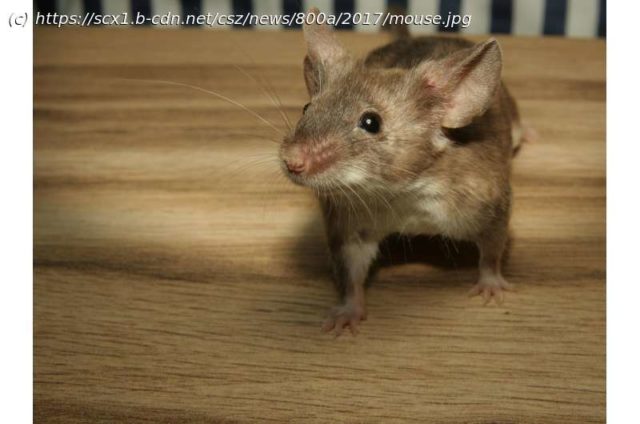Dusty barns, gleaming stables and damp basements. These are all places where you might find a house mouse—or a member of my research team.
Dusty barns, gleaming stables and damp basements. These are all places where you might find a house mouse—or a member of my research team.
I’m an evolutionary biologist, and my lab at Drexel University studies wild house mice. With help from Philly residents, we are collecting mice from high-rises and row homes to learn more about the impacts of city living on house mice. In short, we want to know whether there is any scientific basis to « The Town Mouse and the Country Mouse » fable in which the cousins eat differently based on where they live.
Cities are hotter and they have a lot of people living in high densities, which means more trash and usually more pollution. This can affect how species that live in cities evolve. Cities are also dominated by artificial habitats such as sidewalks, high-rises and subways rather than open fields and forests.
We are interested in many possible changes, but especially in whether the many differences between urban and rural environments translate into genetic differences between city mice and country mice, such as which versions of genes related to metabolism are more common.
To find the answers, we sequence the mice’s genomes. With that data, we can answer a variety of questions, such as: Are city mice more or less genetically diverse than country mice? Are there regions of DNA, the molecule that encodes genetic information, that are consistently different between urban and rural mice? If so, what are the functions of genes in those regions?
One reason we study house mice is because they are so widespread. European colonizers brought house mice to the Americas around 500 years ago. The rodents have now spread into many different climates and habitats across North and South America in most places that humans live, including Philadelphia.
Home
United States
USA — IT City mouse or country mouse? Biologist collects mice from homes to study...






